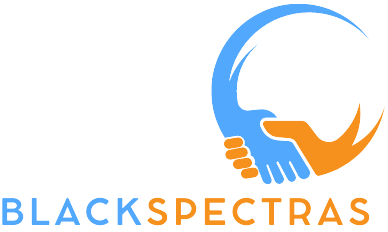How to Optimize Facebook Ad Delivery for Better Reach, Engagement, and Cost-Efficiency
If you’re running Facebook ads, getting the best reach and engagement is essential. The key to success lies in optimizing ad delivery—making sure your ad reaches the right people at the right time. Here’s a simple guide to help you improve your Facebook ad delivery for the best results.
1. Pick the Right Delivery Goal
Facebook offers several options to optimize how your ad is delivered. Here’s what they mean and when to use them:
-
Impressions: Choose this option if you want as many people as possible to see your ad. It’s great for brand awareness but may not lead to much interaction.
-
Daily Unique Reach: If you only want each person to see your ad once a day, this is a good choice. It’s helpful to avoid overloading people with the same ad.
-
Link Clicks: This setting is best if your main goal is to drive traffic to your website or landing page.
-
Conversions: Choose conversions if you want people to take an action, like signing up or making a purchase.
Choosing the right goal helps make sure that Facebook shows your ad to the people who are most likely to take the action you want.
2. Select the Best Ad Placements
Where your ad shows up is important. Facebook allows you to choose automatic placements. This means it will place your ad where it thinks it will perform best on Facebook, Instagram, Messenger, and the Audience Network.
Here are some placement options:
-
Audience Network: Shows your ads on apps and websites outside of Facebook.
-
Facebook and Instagram Feeds: Good for reaching people scrolling through their feeds.
-
Stories: Full-screen, quick ads that appear in Stories on Facebook and Instagram.
Use automatic placements to let Facebook’s system do the work, or manually select placements if you know where your audience likes to see ads.
3. Control How Often Your Ad Shows Up
Seeing the same ad too often can annoy people. Facebook lets you control how many times your ad appears to the same user. This is called ad frequency. Lowering frequency by setting a daily unique reach makes sure your audience sees the ad only once a day, preventing ad fatigue.
-
Switch Up Your Creatives: If you’re running a long campaign, update your ad’s look from time to time. New visuals and copy keep people interested.
-
Monitor Frequency: Check your ad frequency in Ads Manager. If it’s too high, people might be seeing your ad too often.
4. Target the Right Audience
Picking the right audience helps Facebook deliver your ad to people who are most likely to care about it. Facebook offers tools like Custom Audiences and Lookalike Audiences for this:
-
Custom Audiences: Reach people who already know your brand, like website visitors or past customers.
-
Lookalike Audiences: Reach new people who are similar to your existing customers. This often leads to better engagement.
Segment your audience by age, location, interests, and behaviors. This helps you connect with the people who are most important to your business. It can also reduce your costs because your ads will only appear to those who are likely to be interested.
5. Optimize Costs for Best Results
Facebook lets you control costs in your ads by setting a limit. You can see your average cost per result to know how much each action, like a click or conversion, costs. Here’s how to do it smartly:
-
Cost Cap: Set the highest cost you’re willing to pay for each action. Facebook then delivers your ad within your budget.
-
Bid Cap: Use this to set a strict limit on how much you want to bid on each action.
These options help you stay within budget and still get good results.
6. Pay Attention to Facebook’s Ad Ratings
Facebook rates your ad quality using something called Ad Relevance Diagnostics. There are three scores:
-
Quality Ranking: How good your ad is compared to others.
-
Engagement Rate Ranking: How much people interact with your ad compared to others.
-
Conversion Rate Ranking: How likely people are to take action on your ad.
Higher scores mean Facebook thinks your ad is relevant, which can help it perform better and cost less.
7. Track Performance and Make Adjustments
After launching your ad, keep an eye on key metrics like CTR (Click-Through Rate), CPM (Cost per Thousand Impressions), and Conversion Rate. Adjust based on what’s working and what isn’t.
-
Low Performance? Try changing your ad copy, visuals, or audience targeting.
-
High Performance? Consider increasing your budget to reach even more people.
Regularly checking your metrics helps you stay on track and make sure your ads are always doing their best.
Conclusion
Improving how you deliver Facebook ads can help you reach more people, increase engagement, and make the most of your budget. Start by picking the right delivery goal. Then, choose the best ad placements and target the right audience. Finally, track your performance. Following these steps will help you create effective Facebook ads that support your business.
